Fall 2021 Courses
100 Level Courses
HI 104 Early Modern Europe
Erica Bastress-Dukehart | 3 credits
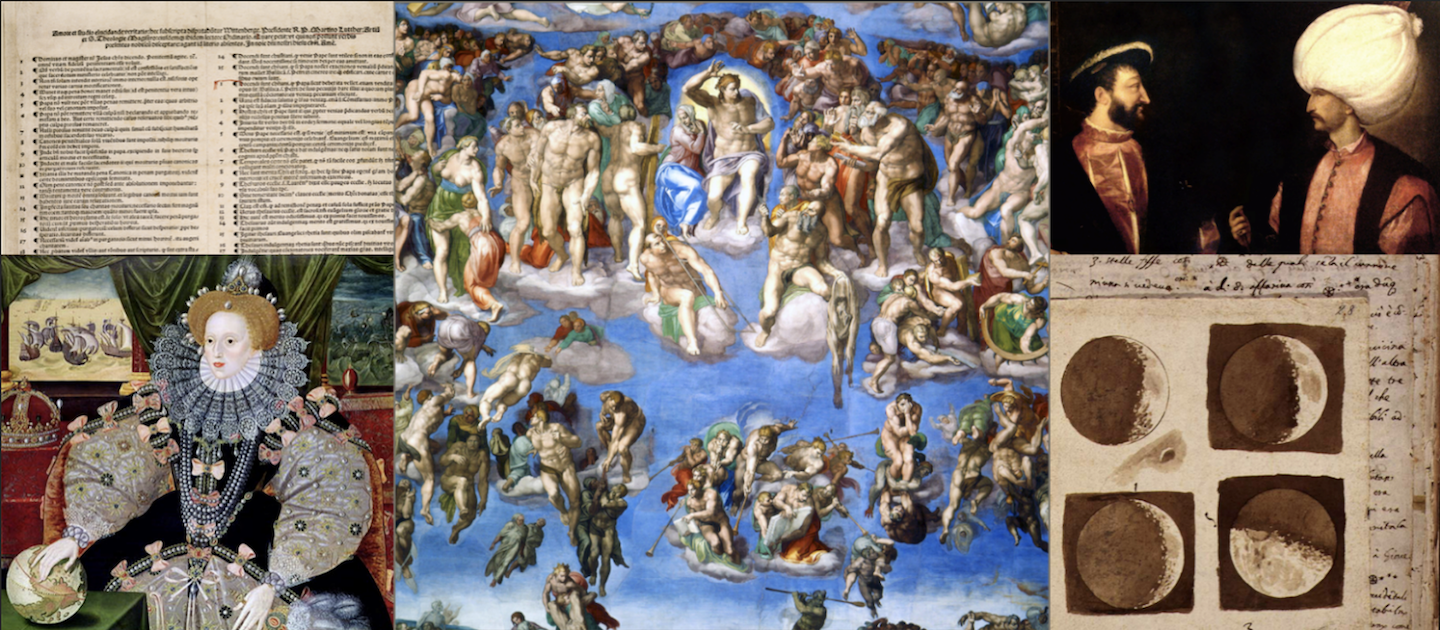
This course is a survey of the major events and developments in pre-industrial European history. It takes students from the age of the Crusades. to the eve of the French Revolution, a period of tremendous transformation which set the stage for modernity. Principle topics include the later Middle Ages, Renaissance, Reformation, the emergence of modern science, colonies and commerce, changes in political and military structures, and the Enlightenment. To help us understand the evolution of ideas and institutions throughout European history, we will focus on primary sources and explore how historical narratives are constructed. We will explore how Europeans forged a common culture that could survive fractious religious and political divisions, and consider how interactions with the rest of the world shaped Europe's own history.
HI 144 East Asian Civilization: Traditions and Transformations
Dylan Ellefson | 3 credits
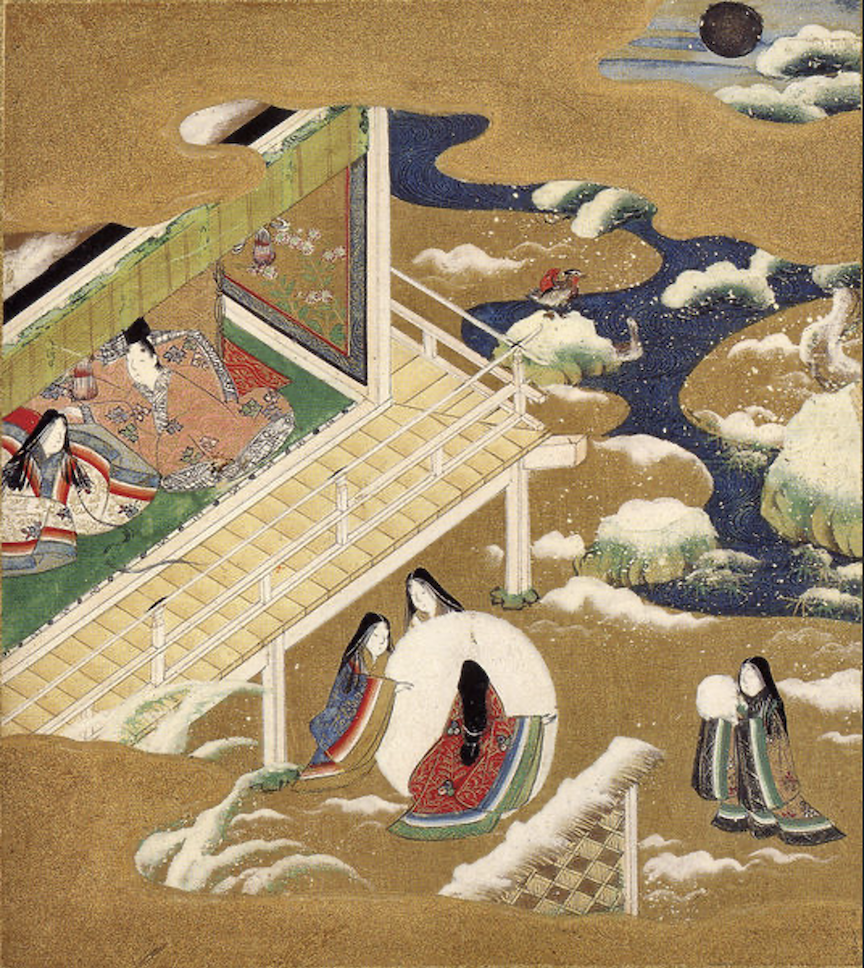
An introductory survey of East Asia (China, Japan, and Korea) from its earliest history to the end of the Mongol empirre in the 1300s. Students will explore the formation of Confucianism as an ideology, the chanages in sociaal and political insititution across East Asia, ideas and practices concerning gender and the family, religion and beliefs of elites and ordinary people, and intercultural exchanges and conflicts within East Asia.
Note(s): Designated a Non-Western Culture course. Fulfills Social Sciences, Humanistic Inquiry, and Globala Cultural Perspective requirements.
HI 111 Survey of the Middle East, c.600-1500
Murat C. Yildiz | 3 credits
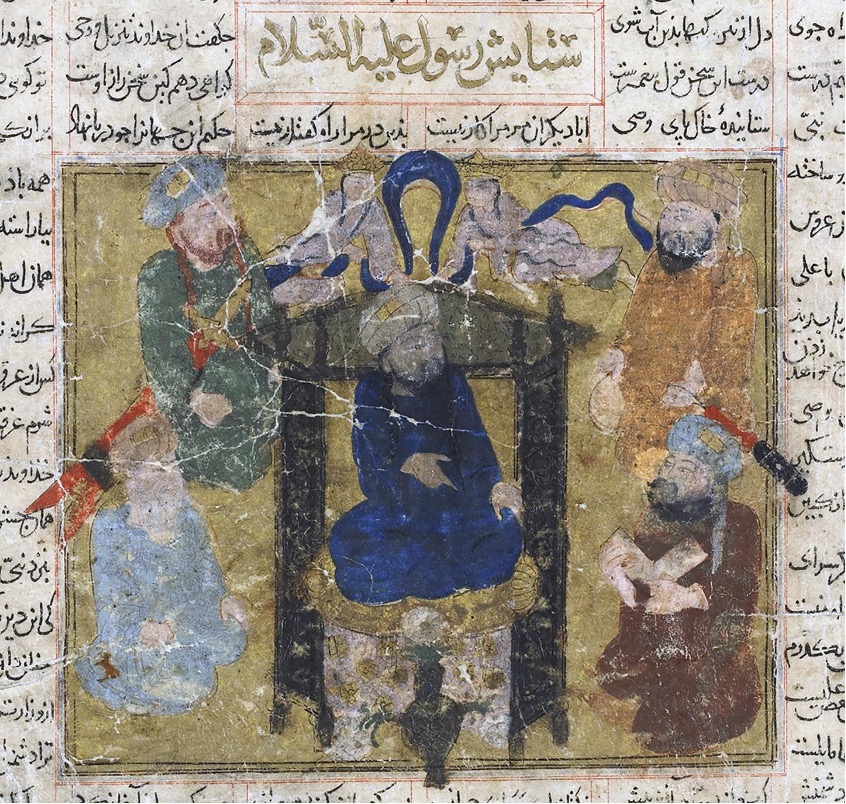 This course is a survey of the Middle East, from late antiquity to the early modern
period. It combines a chronological and thematic examination of social, political,
and legal institutions, scientific, philosophical, and scholarly ventures; the impact
of invaders; conversion; and, religious, political, and economic interactions. By
examining cities, such as Aleppo, Baghdad, Cairo, Constantinople, Cordoba, Esfahan,
and Shiraz, as well as areas, such as the Mediterranean basin, over the course of
a thousand years, the course challenges the notion that there was one physical center
to the Middle East. Through a close reading of historiographical debates and primary
sources, students will examine the circulation of people, ideas, goods, and practices
across space and time.
This course is a survey of the Middle East, from late antiquity to the early modern
period. It combines a chronological and thematic examination of social, political,
and legal institutions, scientific, philosophical, and scholarly ventures; the impact
of invaders; conversion; and, religious, political, and economic interactions. By
examining cities, such as Aleppo, Baghdad, Cairo, Constantinople, Cordoba, Esfahan,
and Shiraz, as well as areas, such as the Mediterranean basin, over the course of
a thousand years, the course challenges the notion that there was one physical center
to the Middle East. Through a close reading of historiographical debates and primary
sources, students will examine the circulation of people, ideas, goods, and practices
across space and time.
Note(s): Fulfills Social Sciences and Non-Western Culture requirements.
200 Level Courses
HI 205 Rise of Rome
Randall Ford | 3 credits
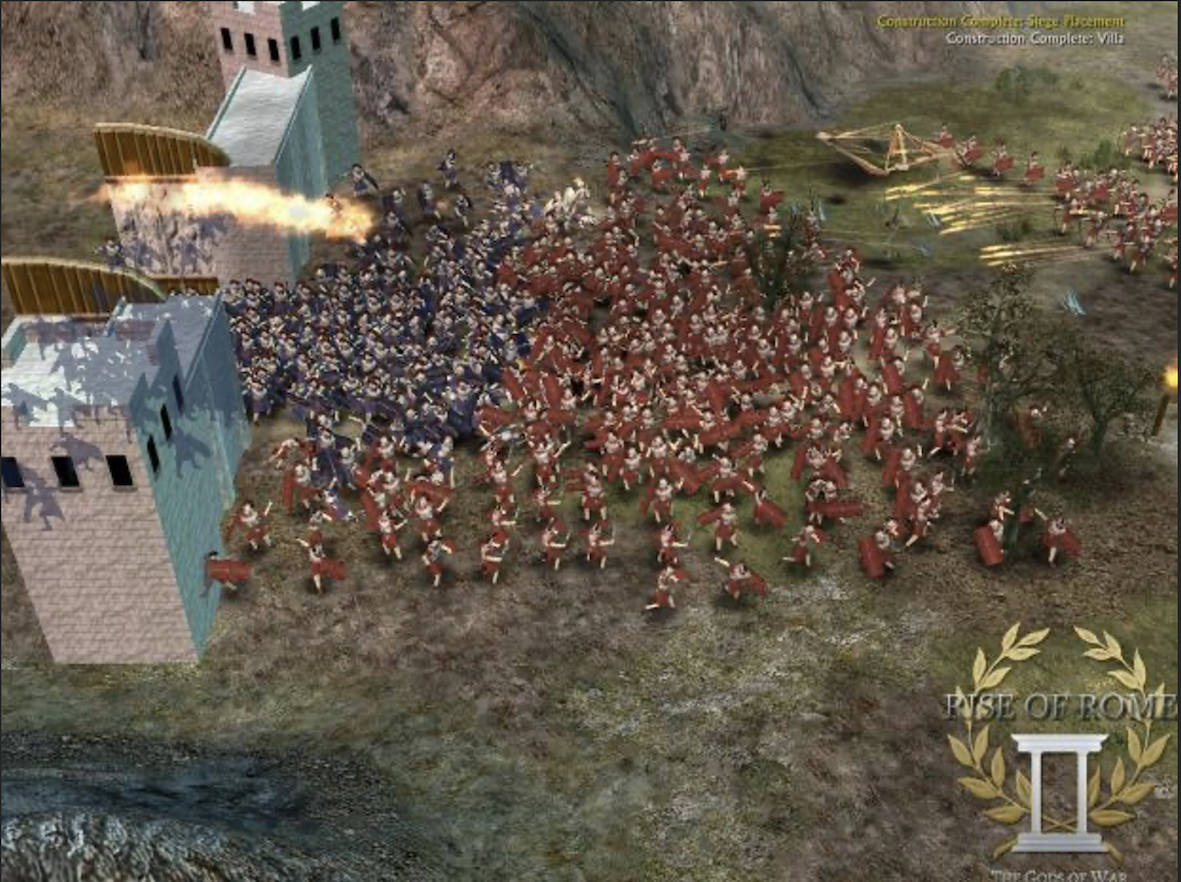
A study of Rome from its foundation by Romulus to the end of the Republic and onset of the Roman empire. Students examine the Etruscaan world, the rise of Rome in Italy, the impact of Hellenism, social and political institutions in the Republic, the evolution of Roman culture and the end of the Senatorial aristocracy. Special emphasis is given to the study of the ancient sources: literary, historiographic, archaeological, and numismatic.
HI 211P Deconstructing Britain
Tillman Nechtman | 4 credits

Explores the history of Britain from the 16th century to the present, exploring new ways of approaching the historical narrative of the British nation. Beginning with early English engagements with the wider world and tracing the rise of Britain as one of the world's foremost imperial powers in the 18th and 19th century, students will examine Britain's self-assured sense of global power through many different sets of eyes, thus investigating how Britain looked to those who lived under its shadow – including Indian travelers, African sailors, and Native American traders. Readings will explore the ways in which the British nation, and indeed British history, have been driven by British imperialism around the globe. Ends by asking questions about the post-imperial history for citizens of a nation that was once predicated on its imperial identity.
Note(s): Fulfills Cultural Diversity and Social Sciences requirements.
HI 230W History Through Travel: Latin America 1500-1900
Jordana Dym | 4 credits
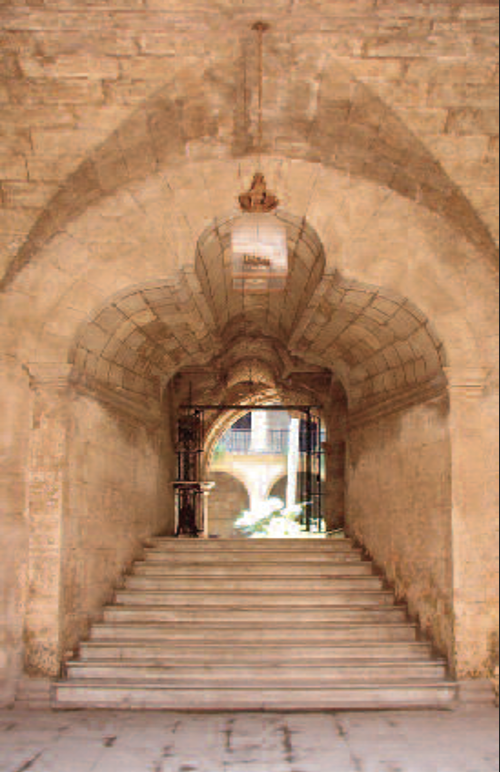
An examination of the ideas aand impact of European and North American travel narratives on historical knowledge of Latin Americaa and the Caribbean from the sixteenth through the early twentieth centuries. Students examine accounts by conquerors, diplomats, pirates, scientists, missionaries, and tourists to consider what questions and analytical methods allow for interprettion of the factual or fictional elements in these important sources for the creation of historical knowledge about travelers, their values, athe lands they visited, and the people, environments and cultures they described.
Note(s): Fulfills Social Sciences requirement. When offered as HI 230W, fulfills Expository Writing requirement.
HI 235P Perceptions of Medieval and Early Modern Women
Erica Bastress-Dukehart | 4 credits
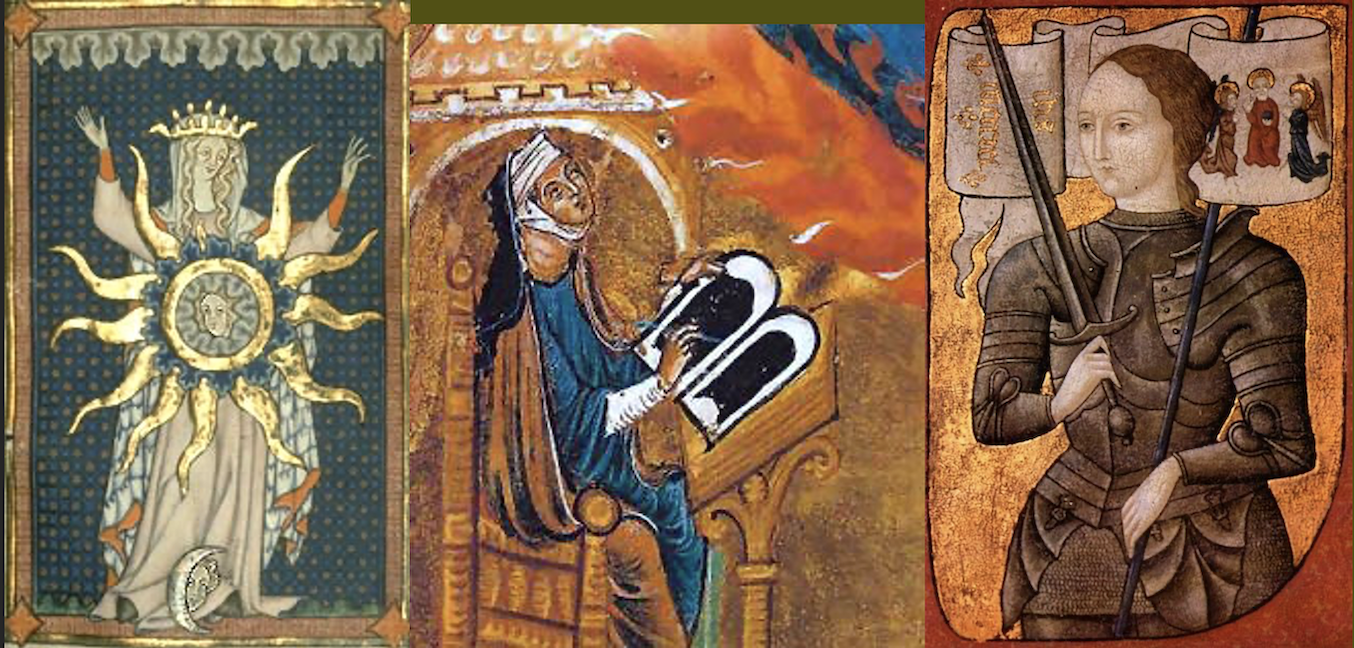
Throughout the Middle Ages and the early modern period the absence of solid, detailed information by women stands in sharp contrast to the abundance of discourse and imagery about them. As Georges Duby and Michelle Perrot have written, "women were more likely to be 'represented' than to be described or to have their stories told–much less be allowed to tell their own stories."
HI 247 History of Modern Japan
Dylan Ellefson | 3 credits
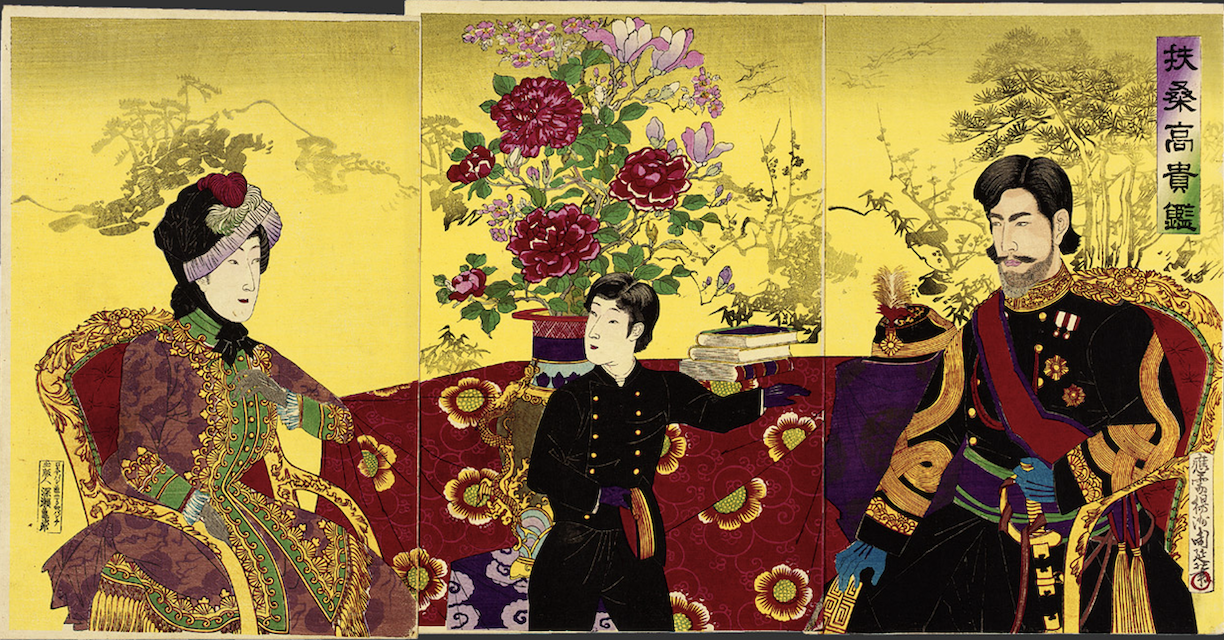
An examination of the historical transformation of the Japanese archipelago from a feudal society to a modern state and imperial power, and to a postwar economic giant and a "bubble economy" in the 1990s. Students will explore how Japanese women nd men hve transformed elements of other cultures to create forms of government, society, and the arts that are uniquely Japanese. Sources include a diary, short stories, legal documents, and films.
Note(s): Designated a Non-Western Culture course. Fulfills Social Sciences requirement.
HI 263 American Labor History
Eric Morser | 3 credits
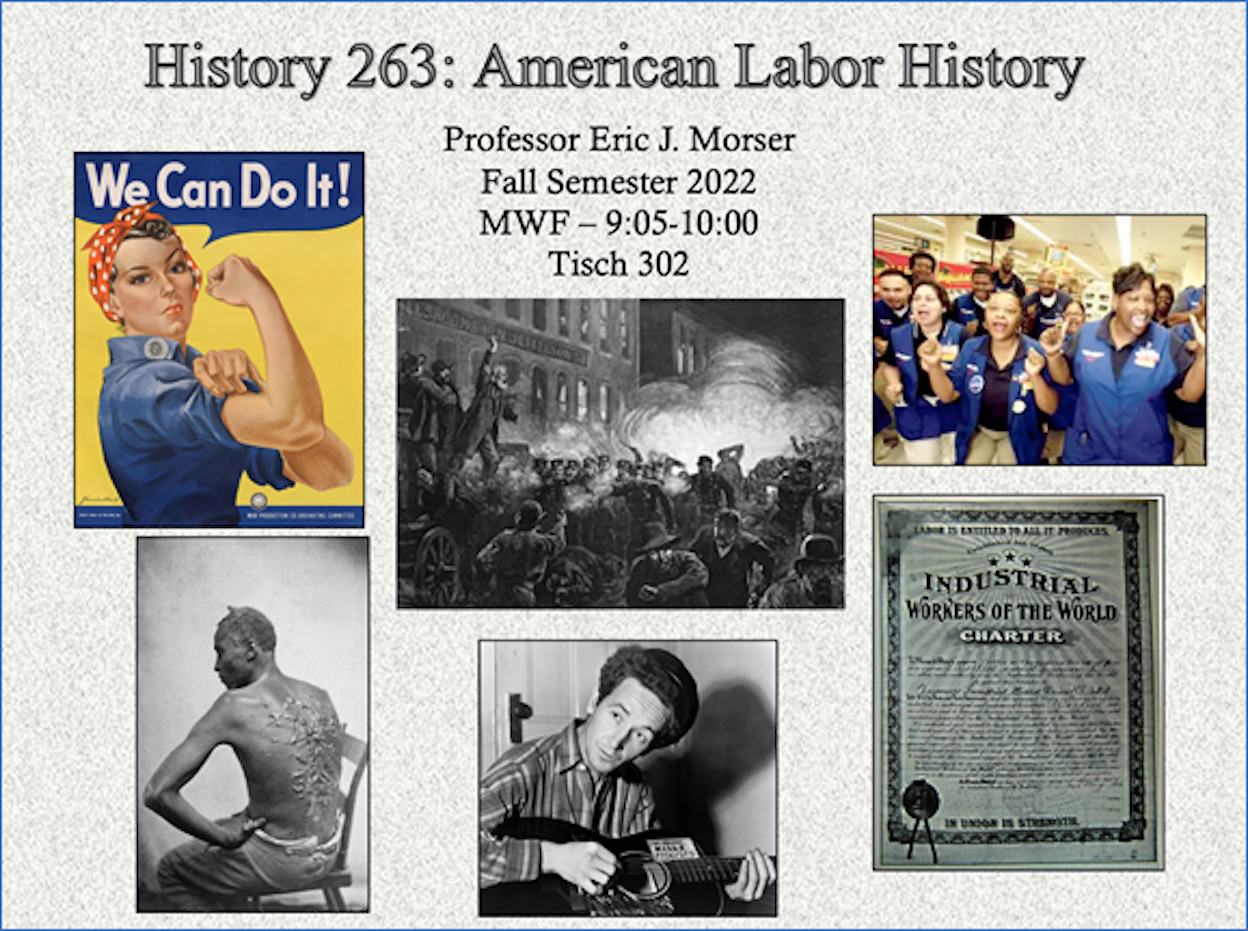 This Bridge Experience course explores the rich history of work and workers in Americaa
from the pre-colonial era through the contemporary age. We will focus on a number
of themes including the lasting legacies of slavery, the evolution of capitalism nd
its impact on working men and women, the emergence of worker consciousness and labor
protest, racial and ethnic. tensions tht. divided the shop floor and undermined working-class
unity, and how workers have transformed American culture and politics. Ultimately,
the course provides us with an opportunity to explore how contests over commercial
and political power, worker struggles for economic and social justice, and competing
identities played key roles in the tale of American labor history that continue to
shape the contemporary United States.
This Bridge Experience course explores the rich history of work and workers in Americaa
from the pre-colonial era through the contemporary age. We will focus on a number
of themes including the lasting legacies of slavery, the evolution of capitalism nd
its impact on working men and women, the emergence of worker consciousness and labor
protest, racial and ethnic. tensions tht. divided the shop floor and undermined working-class
unity, and how workers have transformed American culture and politics. Ultimately,
the course provides us with an opportunity to explore how contests over commercial
and political power, worker struggles for economic and social justice, and competing
identities played key roles in the tale of American labor history that continue to
shape the contemporary United States.
HI 275 Introduction to the History Major
Jennifer Delton | 1 credit
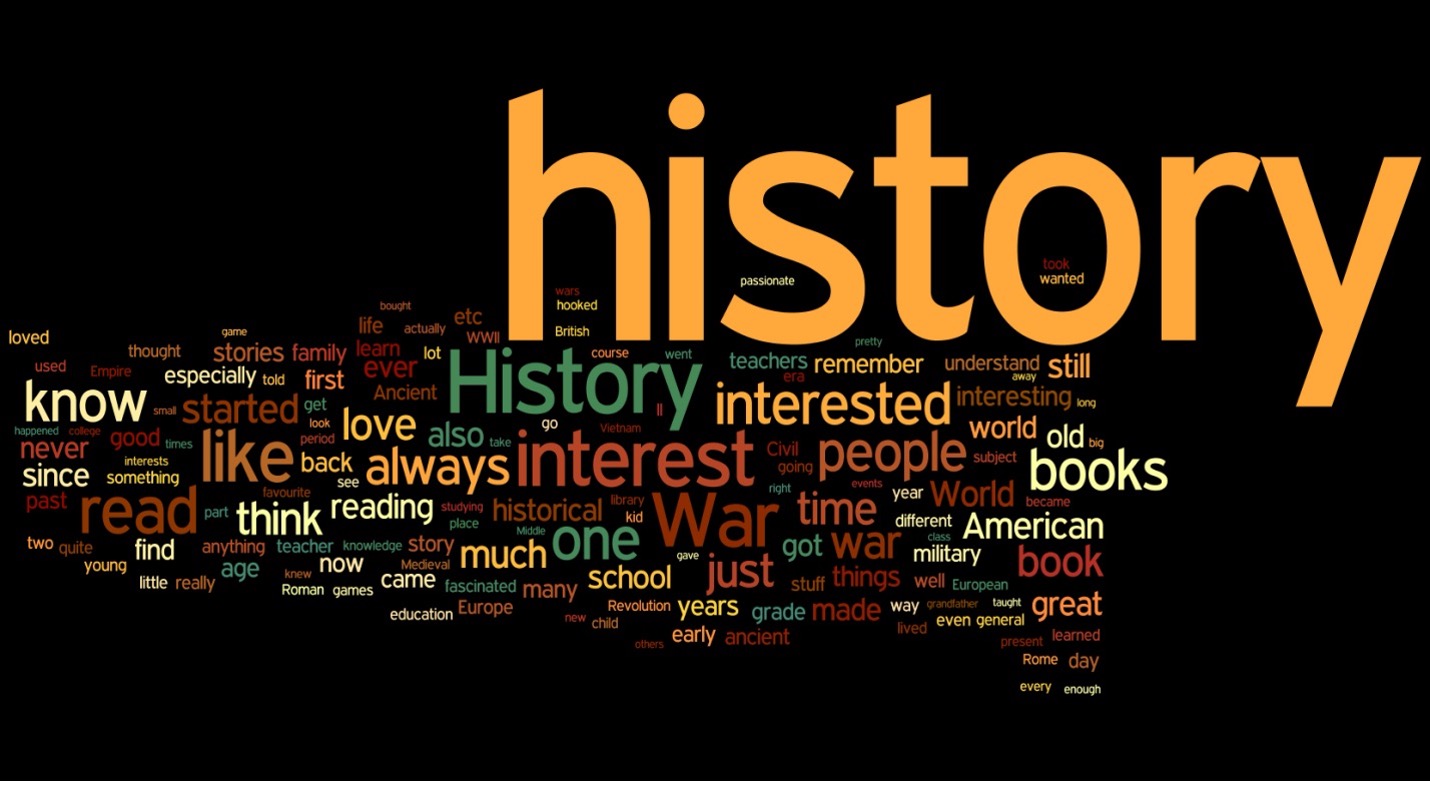 An introduction to the aims of the history major.
An introduction to the aims of the history major.
Note(s): A prerequisite for the Colloquium. Required for all majors and interdepartmental majors, to be taken in the sophomore or junior years. Open to non-majors with permission of instructor.
HI 298 Social Contract in the Middle East
Relli Shechter | 1 credit
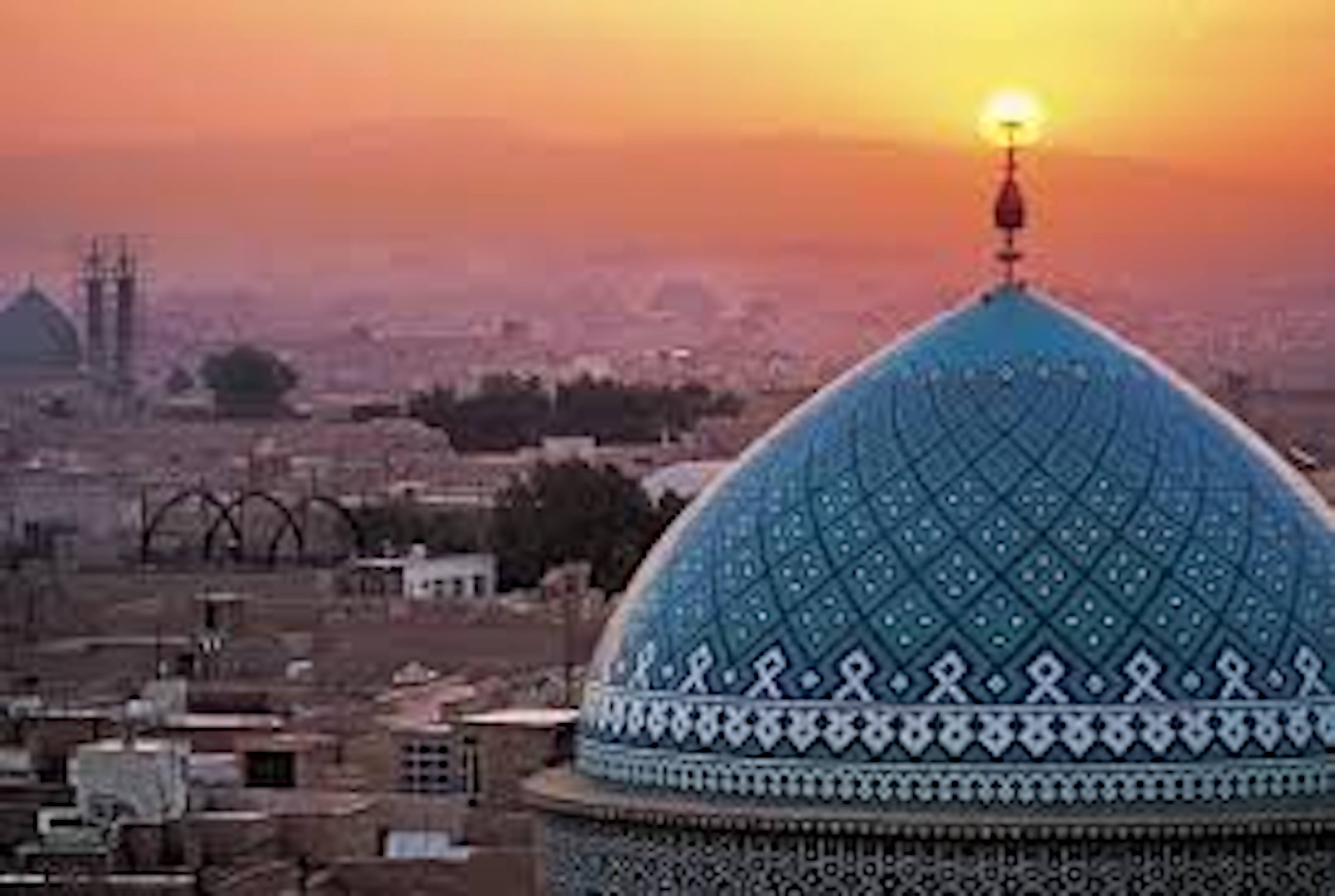 This class explores the intricacies of both a formal and informal agreement between
the state and its citizens, from the establishment of new nation states after World
War I until the search for a new sociaal contract in the Middle East in recent decades.
It will pay special attention to the analysis of state – middle class reciprocities
in the making, persistence, and later faialure of the social contract – in contrast
to past analysis that saw this contract as a top-down authoritarian bargain. We will
discuss questions such as: How did regional social contracts influence the making
of a welfare state in the Middle East? What kind of social change did social contracts
bring to regional societies? How do we explain similarities in regional social contracts
despite different royal, tribal, and authoritarian regimes in the region? How and
why did the breakdown of the old social contract in the Middle East brought to the
regional uprising associated with the 2010-11 Arab Spring? What happened since?
This class explores the intricacies of both a formal and informal agreement between
the state and its citizens, from the establishment of new nation states after World
War I until the search for a new sociaal contract in the Middle East in recent decades.
It will pay special attention to the analysis of state – middle class reciprocities
in the making, persistence, and later faialure of the social contract – in contrast
to past analysis that saw this contract as a top-down authoritarian bargain. We will
discuss questions such as: How did regional social contracts influence the making
of a welfare state in the Middle East? What kind of social change did social contracts
bring to regional societies? How do we explain similarities in regional social contracts
despite different royal, tribal, and authoritarian regimes in the region? How and
why did the breakdown of the old social contract in the Middle East brought to the
regional uprising associated with the 2010-11 Arab Spring? What happened since?
NOTE: This course meets for 5 weeks (September 8 - October 13).
300 level courses
HI 324R Civil War and Reconstruction
Jennifer Delton | 4 credits
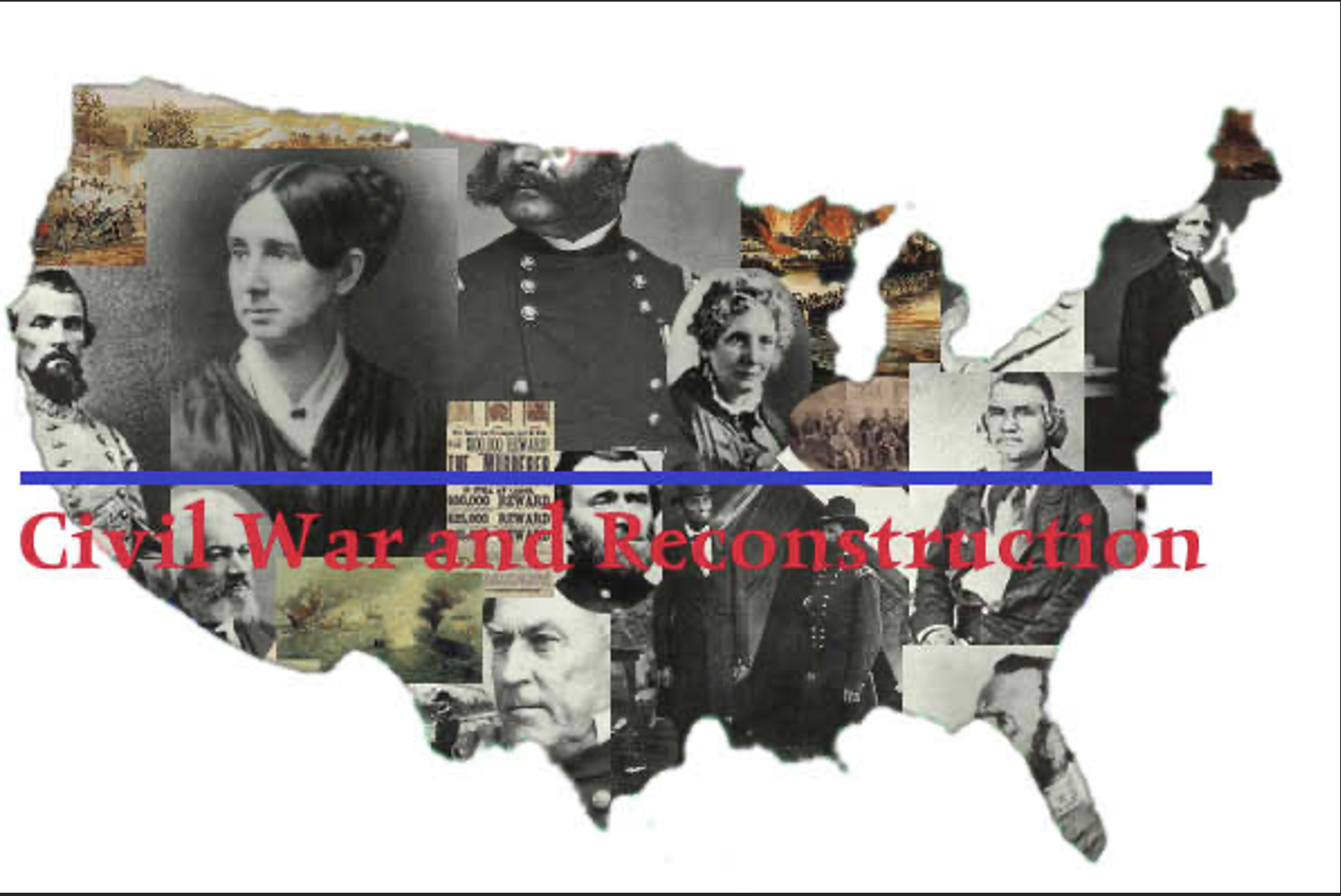
The Civil War and Reconstruction (1861-1876) has shaped and defined every generation of U.S. politics since 1865. The conflicts that led to disunion – conflicts over slavery, the role of the federal government, and the right of African Americans – continue to divide and define U.S. politics. In other words, to understand the American Civil War is to understand at some fundamental level the contradictions. at the heart of American democracy. This is a research seminar. You will be assigned aa topic to research over the course of the semester.
Note(s): Courses at the 300-level are open to sophomores only with permission of the instructor.
HI 343 The Chinese Revolution
Dylan Ellefson | 3 credits
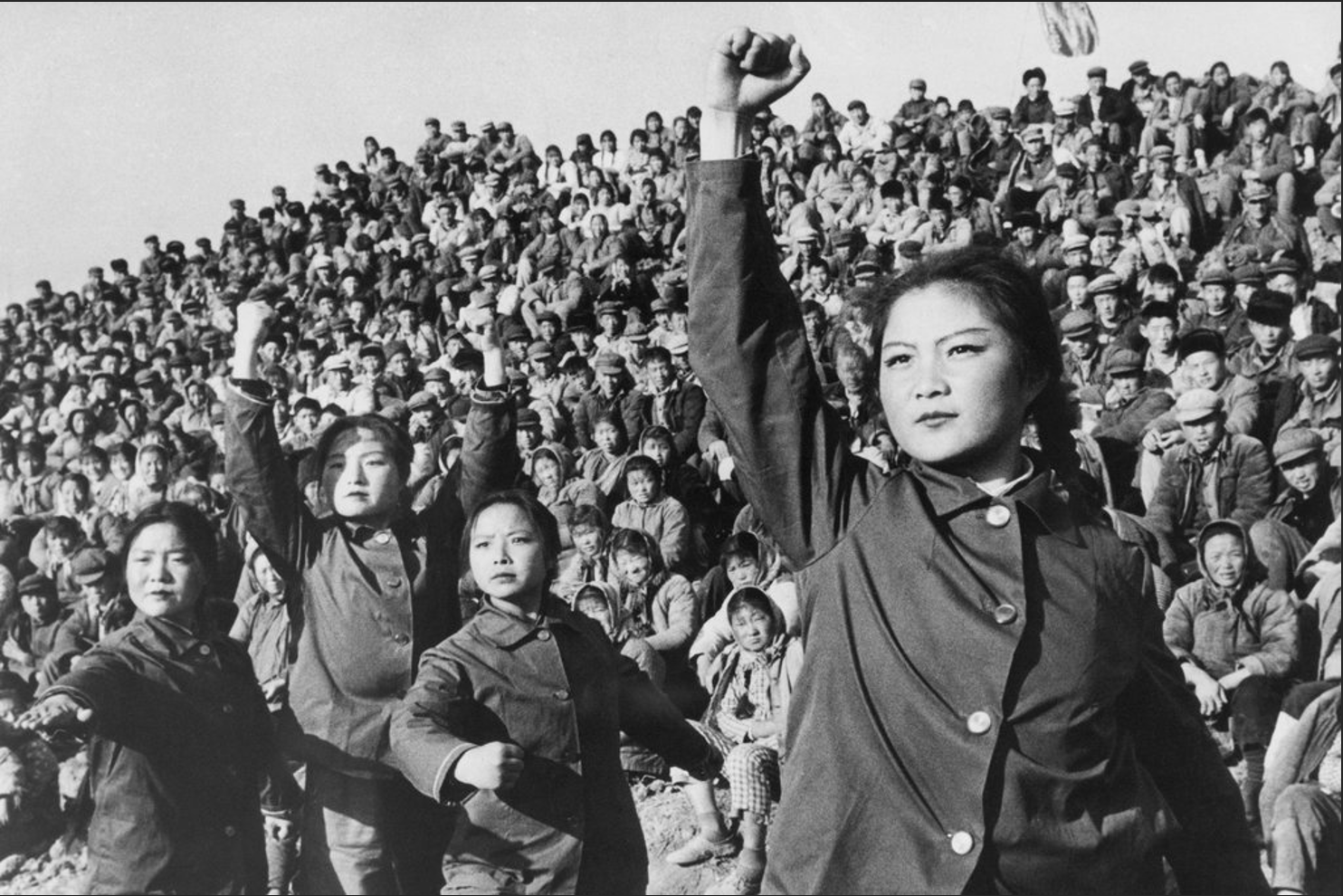
An examination of the major issues and events in the Chinese Revolution, from the foundation of the Republic in 1911 to the present, with emphasis on the relationships between social, economic, and political goals; the methods used to gain them; and the impact of changes on personal and intellectual freedom.
Note(s): Courses at the 300-level are open to sophomores only with permission of the instructor. Designated a Non-Western Culture course. Fulfills Humanistic Inquiry and Global Cultural Perspective requirements.
HI 351D History and Chartography
Jordana Dym | 4 credits
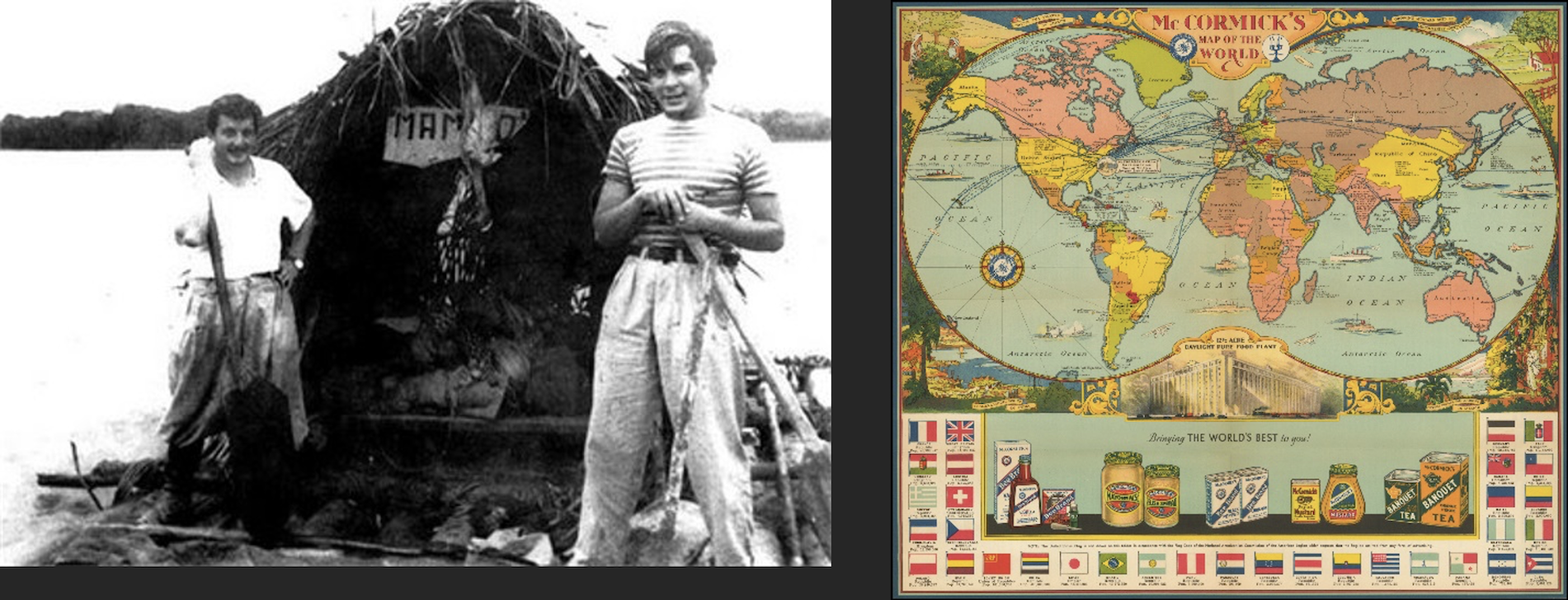
Historians have long used maps totract or illustrate political developments. More recently, the study of the history of chartography invites us to. consider these graphic texts as. primary sources important for their role in making history as well as depicting historical fact. In this class, we will engage interdisciplinary scholarship in history, geography and art history to understand how mapscan reveal something about not only the peoples, spaces, and times they portray, but also about the societies that create and consume them. Then, we will apply the course's analytical approaches on individual or collaborative research. Topics covered may include map production and consumption local, imperial, chartographic literacy; and other themes.
HI 354P Archival Storytelling
Jordana Dym | 4 credits
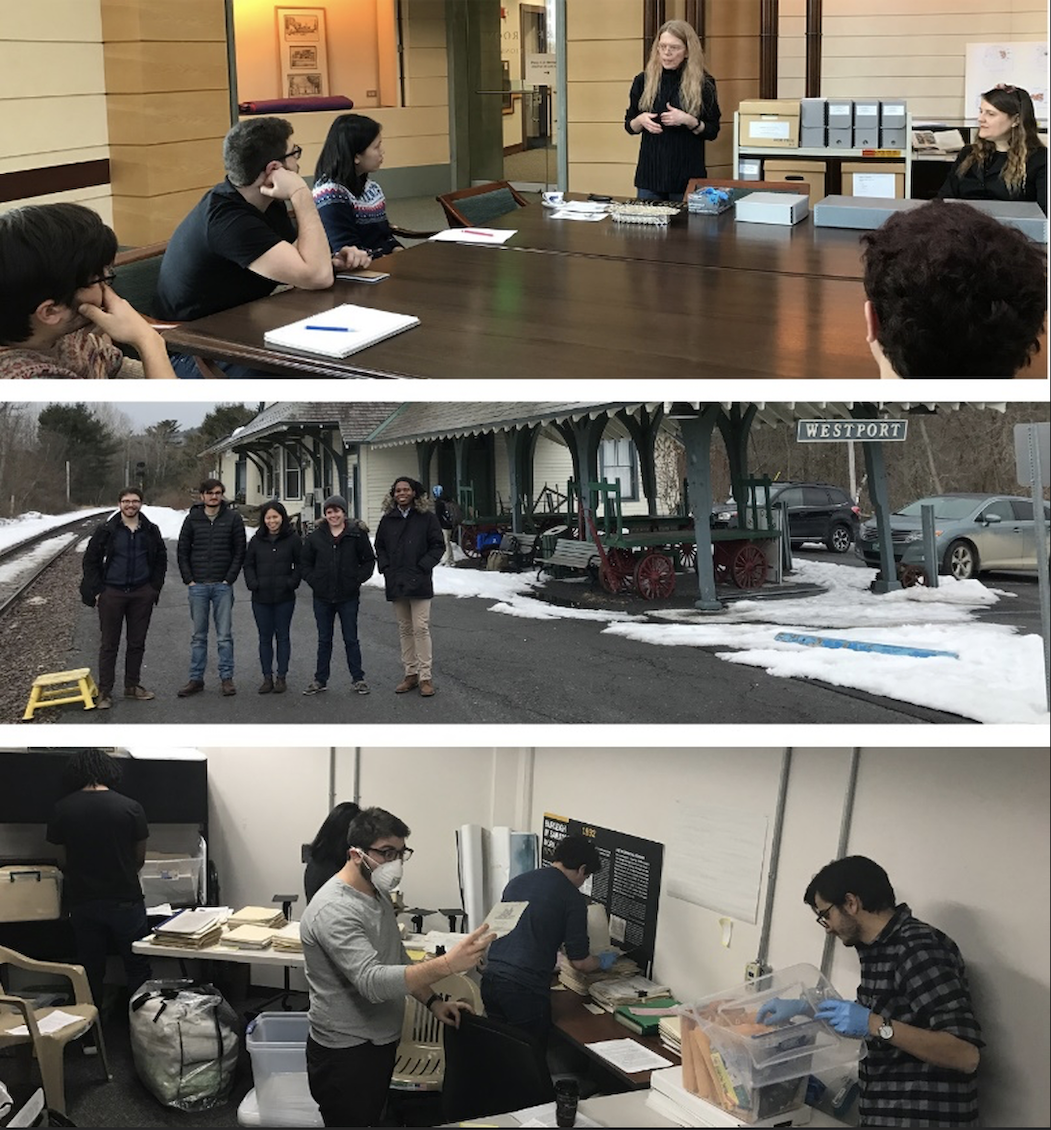
Introduction to organizing and inventorying archival materials and the legal and ethical considerations of collections-based research and presentation. Working hands-on and collectively with and institutional or individual collection, students will develop an understanding of a collection's origins and character, contribute to the collection's finding aids or organizations, and identify story ideas and materials. By the end of semester, students will present proposals for stories that could be told from the collection, through exhibition, media, or multi-media project.
Note(s): Fulfills Humanistic Inquiry requirements.